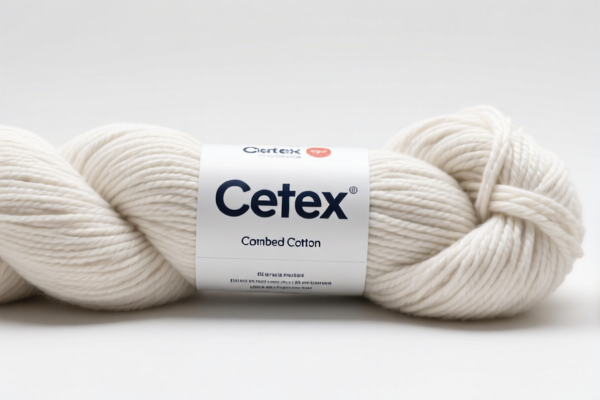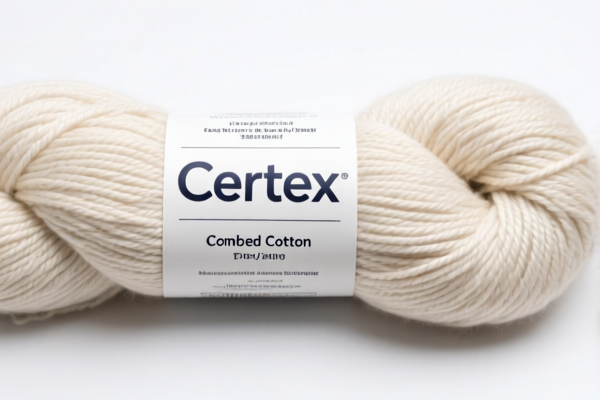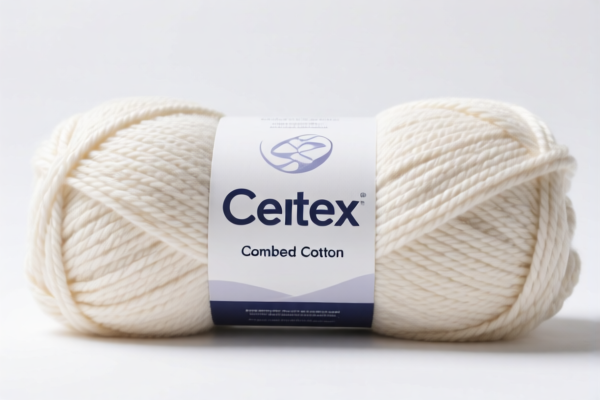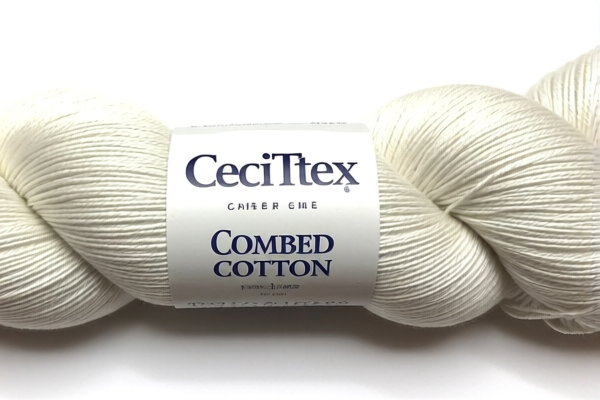| HS Code | Official Doc | Tariff Rate | Origin | Destination | Effective Date |
|---|---|---|---|---|---|
| 5203001000 | Doc | 60.0% | CN | US | 2025-05-12 |
| 5203000500 | Doc | 60.0% | CN | US | 2025-05-12 |
| 5205260090 | Doc | 67.0% | CN | US | 2025-05-12 |
| 5205260020 | Doc | 67.0% | CN | US | 2025-05-12 |




Product Classification and Tariff Analysis for 106.38–125 Decitex Combed Cotton Yarn
HS CODE: 5205260020
Description:
Cotton yarn (other than sewing thread), containing 85% or more by weight of cotton, not put up for retail sale: Single yarn, of combed fibers: Measuring less than 125 decitex but not less than 106.38 decitex (exceeding 80 metric number but not exceeding 94 metric number) Ring spun (301)
Tariff Breakdown
- Base Tariff Rate: 12.0%
- Additional Tariff (General): 25.0%
- Special Tariff after April 11, 2025: 30.0%
- Total Tariff Rate: 67.0%
Key Notes and Considerations
-
Tariff Changes Effective April 11, 2025:
A 30.0% additional tariff will be applied to this product after this date. This is part of the Section 301 tariffs imposed by the U.S. on certain textile imports. -
Anti-Dumping and Countervailing Duties:
Not applicable for this product unless specific anti-dumping or countervailing duties are imposed by the U.S. Import Service (U.S. Customs and Border Protection). You should verify if any such duties apply based on the country of origin. -
Material and Certification Requirements:
- Ensure the product is combed cotton yarn with at least 85% cotton content.
- Confirm the decitex range (106.38–125 decitex) and metric number (80–94) to match the HS code.
-
Verify if certifications (e.g., origin, fiber content, or compliance with U.S. textile regulations) are required for import.
-
Import Documentation:
- Provide commercial invoice, packing list, and certificate of origin if required.
- Be prepared for customs inspection and possible duty reassessment based on product classification.
Proactive Advice
- Verify the exact specifications of the yarn (e.g., decitex, fiber content, and spinning method) to ensure correct HS code classification.
- Check the country of origin to determine if any additional duties apply under Section 301 or other trade agreements.
- Consult with a customs broker or trade compliance expert if you are unsure about the classification or applicable duties.
Let me know if you need help with certification requirements, import documentation, or tariff calculation tools.
Product Classification and Tariff Analysis for 106.38–125 Decitex Combed Cotton Yarn
HS CODE: 5205260020
Description:
Cotton yarn (other than sewing thread), containing 85% or more by weight of cotton, not put up for retail sale: Single yarn, of combed fibers: Measuring less than 125 decitex but not less than 106.38 decitex (exceeding 80 metric number but not exceeding 94 metric number) Ring spun (301)
Tariff Breakdown
- Base Tariff Rate: 12.0%
- Additional Tariff (General): 25.0%
- Special Tariff after April 11, 2025: 30.0%
- Total Tariff Rate: 67.0%
Key Notes and Considerations
-
Tariff Changes Effective April 11, 2025:
A 30.0% additional tariff will be applied to this product after this date. This is part of the Section 301 tariffs imposed by the U.S. on certain textile imports. -
Anti-Dumping and Countervailing Duties:
Not applicable for this product unless specific anti-dumping or countervailing duties are imposed by the U.S. Import Service (U.S. Customs and Border Protection). You should verify if any such duties apply based on the country of origin. -
Material and Certification Requirements:
- Ensure the product is combed cotton yarn with at least 85% cotton content.
- Confirm the decitex range (106.38–125 decitex) and metric number (80–94) to match the HS code.
-
Verify if certifications (e.g., origin, fiber content, or compliance with U.S. textile regulations) are required for import.
-
Import Documentation:
- Provide commercial invoice, packing list, and certificate of origin if required.
- Be prepared for customs inspection and possible duty reassessment based on product classification.
Proactive Advice
- Verify the exact specifications of the yarn (e.g., decitex, fiber content, and spinning method) to ensure correct HS code classification.
- Check the country of origin to determine if any additional duties apply under Section 301 or other trade agreements.
- Consult with a customs broker or trade compliance expert if you are unsure about the classification or applicable duties.
Let me know if you need help with certification requirements, import documentation, or tariff calculation tools.
Customer Reviews
No reviews yet.